This article was written for the Rewriting Women into Maritime inititative by Caroline Randall, Honorary Archivist for the Seafarers Hospital Society.
Dreadnought Nurses
Women Supporting Seafarers Since 1821
The history of the Seafarers Hospital Society is enriched by the women who have supported and enabled its work at every stage — whether serving as nurses, doctors, patrons, fund raisers, and administrators — to ensure the continued support of seafarers of any nationality working in the United Kingdom.
The Seafarers Hospital Society, initially named the Seamen’s Hospital Society, was founded in 1821 by a group of philanthropists, including abolitionist MPs William Wilberforce and Zachary Macaulay. Motivated by the desire to improve the lives of merchant seafarers by introducing preventative procedures to contain and mitigate diseases common among sailors at the time, they set up and ran the Dreadnought Seamen’s Hospital.

The Dreadnought Hospital Ship, 1850s

The interior of the Dreadnought ship from The Graphic, May 1870
From 1821 to 1870, this hospital was situated on a series of ships moored on the River Thames at Greenwich. From the 1870 onwards, the Dreadnought Seamen’s Hospital moved onshore, and for the next 116 years it was located in the old infirmary of the Royal Hospital Greenwich. In 1877 the Dreadnought School of Nursing was founded and for 109 years offered high quality professional training for nurses working with the Dreadnought’s seafaring patients.
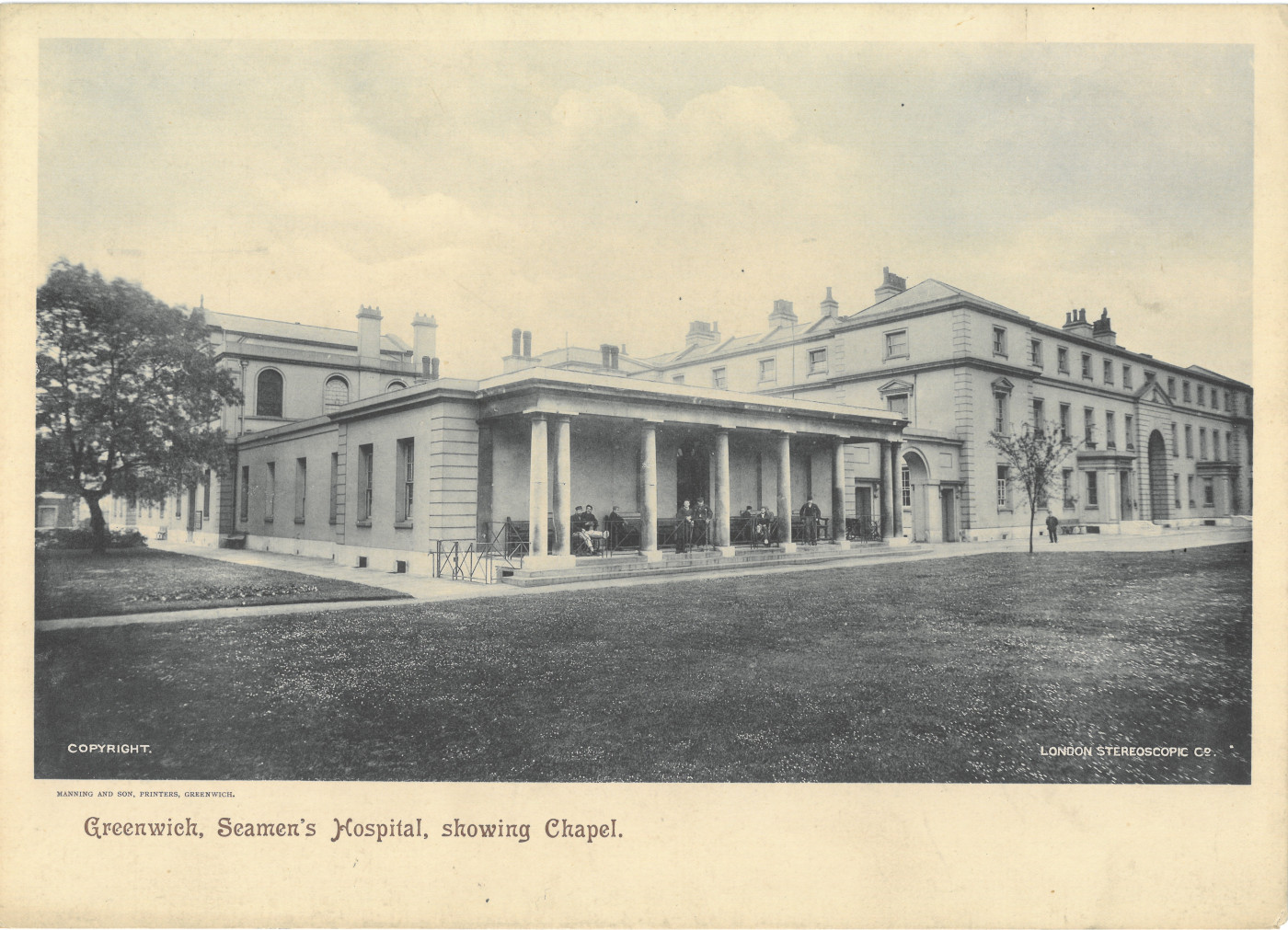
The Dreadnought onshore, 1900s
By the 1920s the Society was running seven hospitals – the Dreadnought Seamen’s Hospital in Greenwich; the Albert Dock Hospital in East London; King George’s Sanatorium for Sailors in Hampshire; the Queen Alexandra Hospital in Marseilles; the Angas Convalescent Home in Kent; Tilbury Hospital in Kent; and the London School of Tropical Medicine in central London. Crucial to the smooth and successful running of the Society’s hospitals were the hundreds of female nurses who worked in them and were trained to meet the specific needs of their seafaring patients.
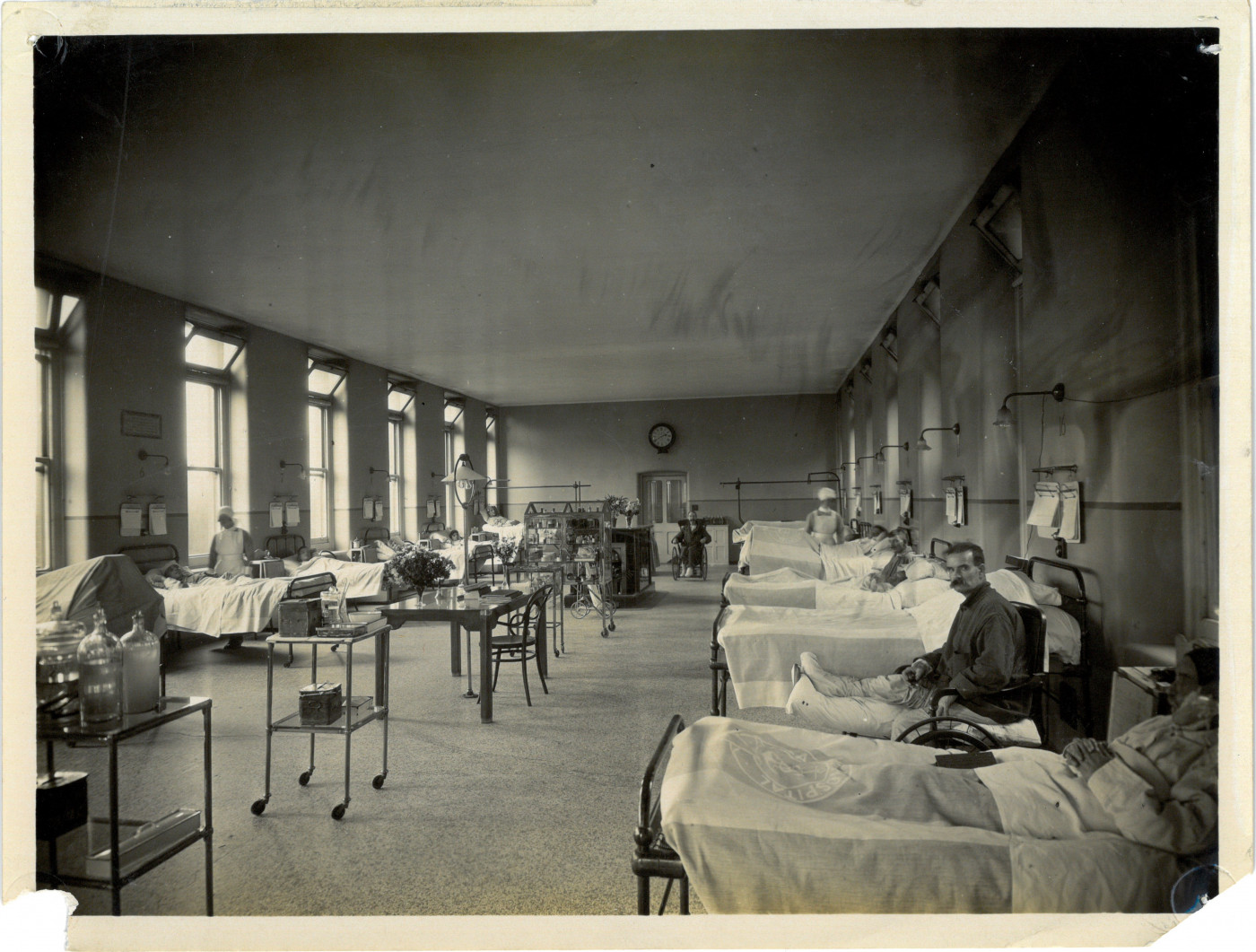
A ward in the Albert Dock Hospital
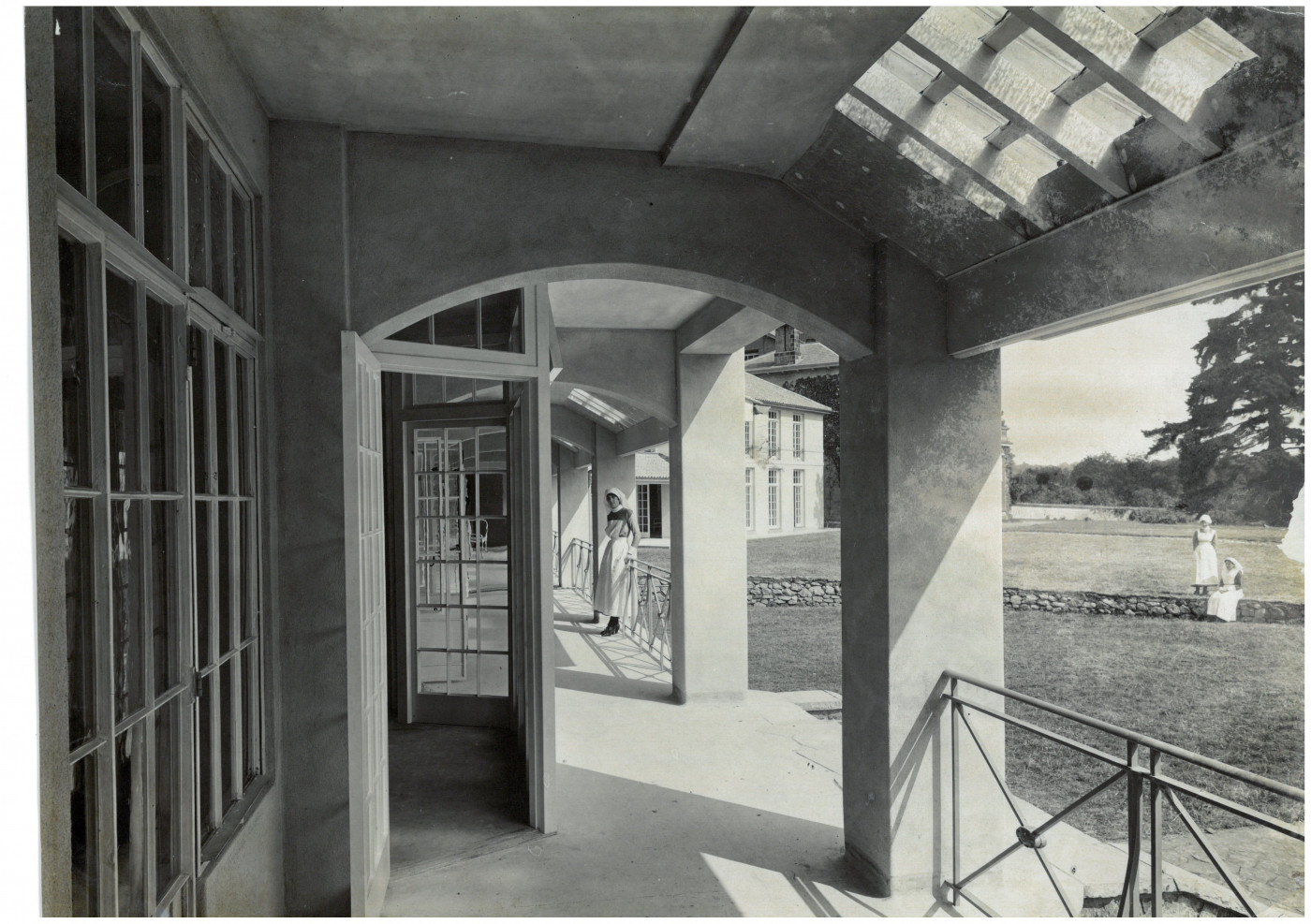
Nurses at the King George’s Sanatorium for Sailors
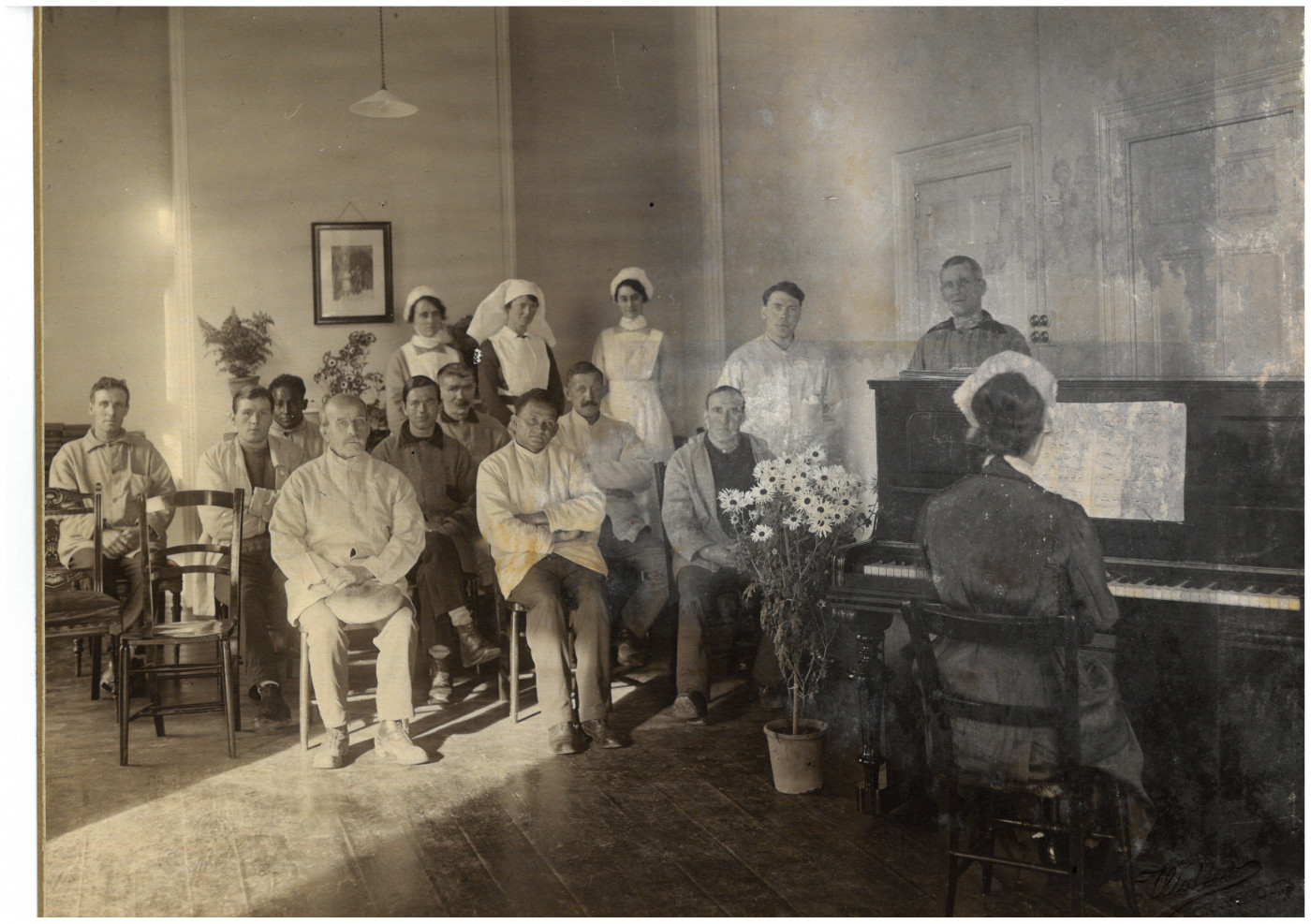
Angas Home patients around the piano with nurses, 1920s
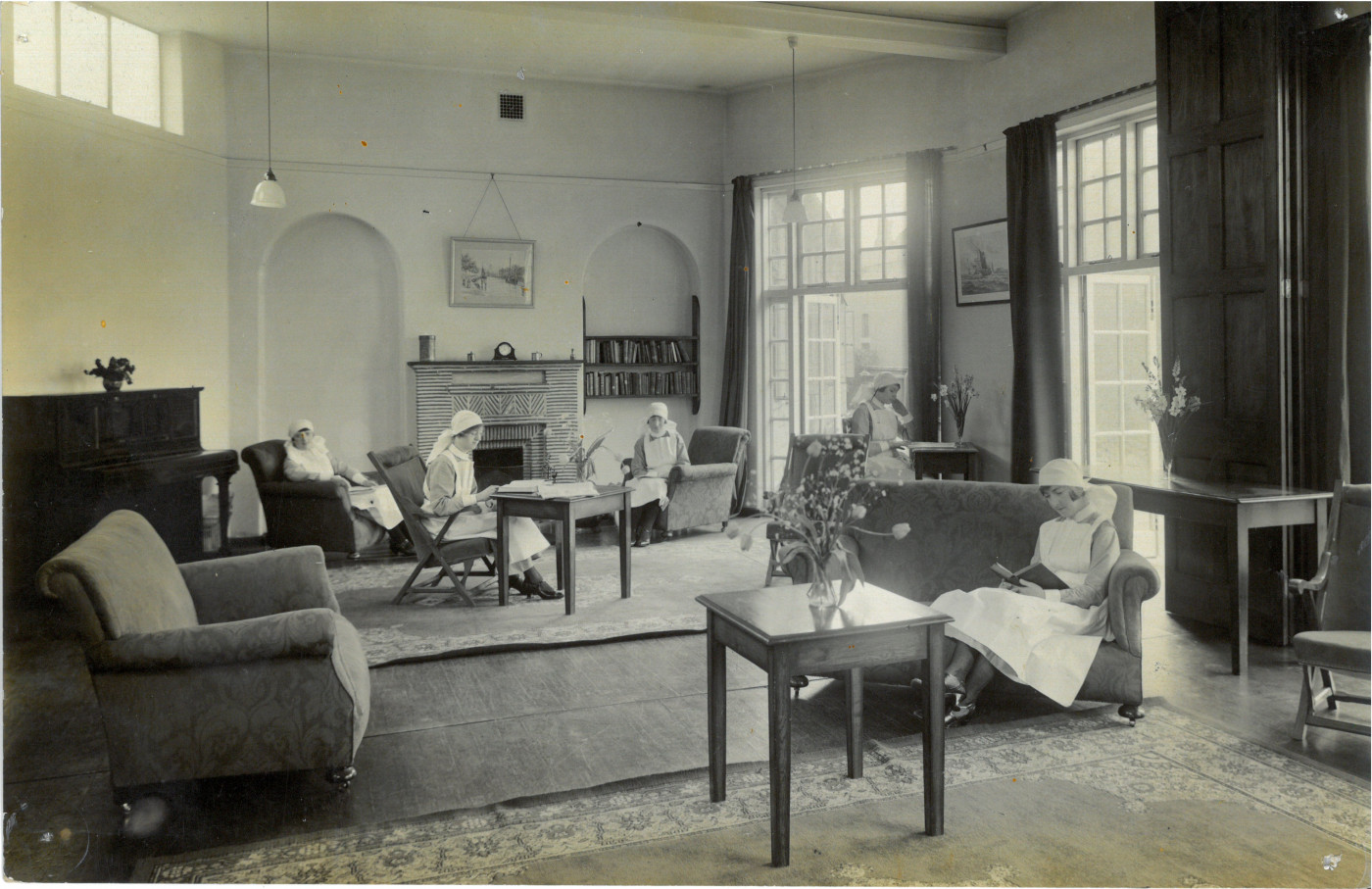
Tilbury Hospital nurses’ sitting room, 1925

Dreadnought nurses, 1929
The fact that the Society ran multiple medical institutions meant that it offered a wide range of employment opportunities for women. The Society ran courses in tropical nursing at the Albert Dock Hospital, which offered an alternative form of nurse training for women who might wish to work abroad. As a result, these nurses were experts in dealing with the many tropical diseases that afflicted seafarers during a period of expanding colonial trade.
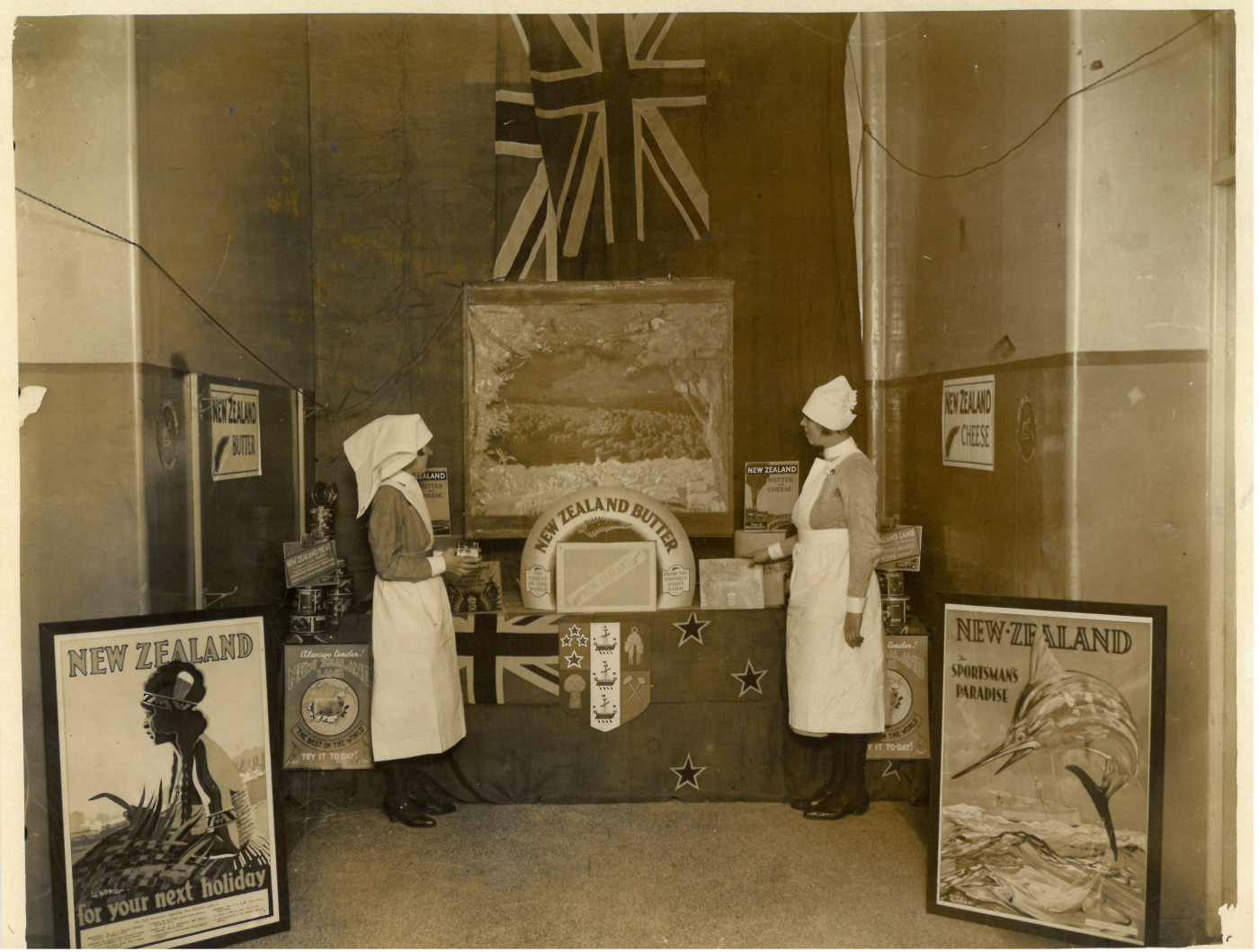
Dreadnought nurses at the Christmas exhibition stand, 1929
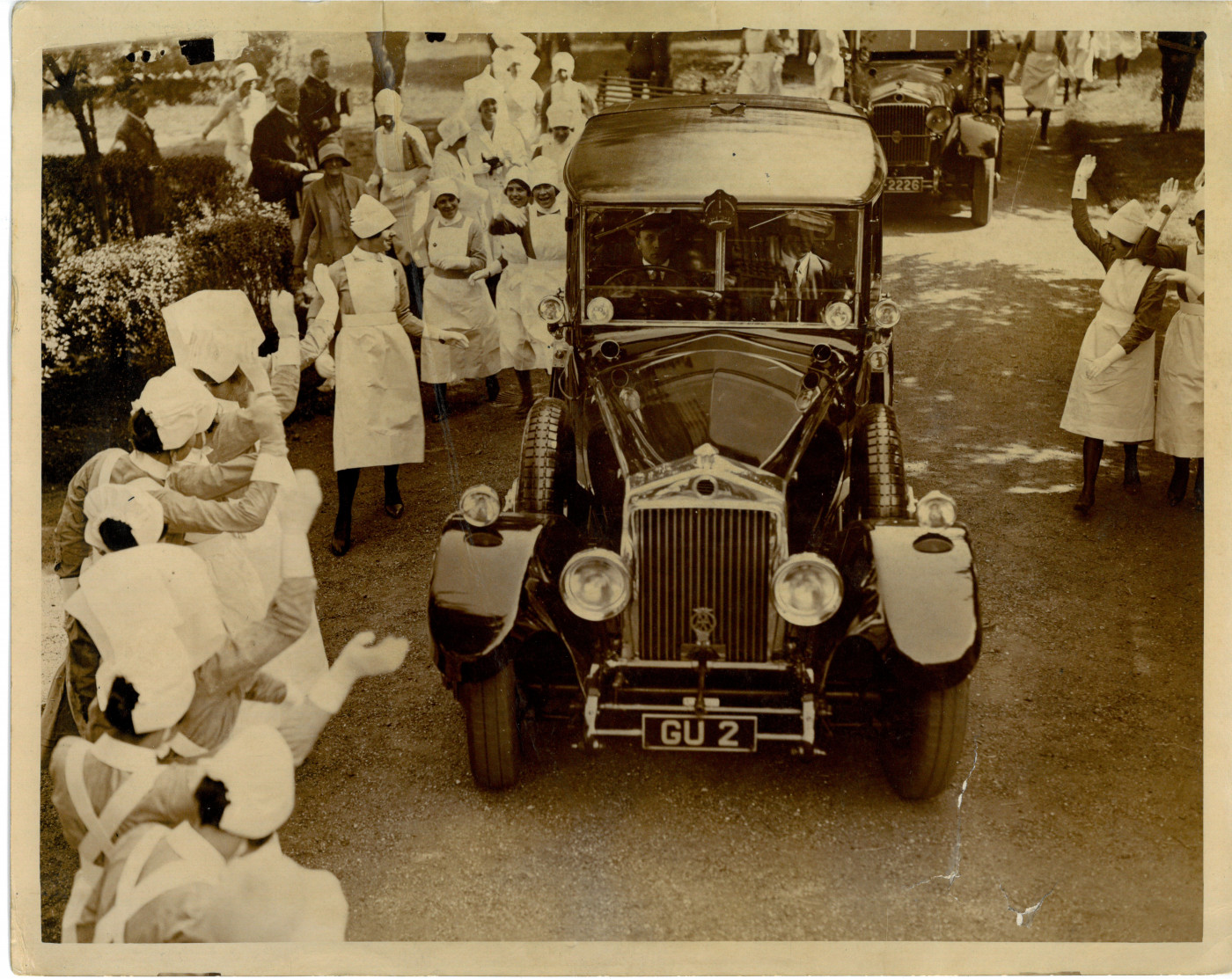
Dreadnought nurses at the opening of the Devonport Nurses’ Home, 1929
In 1929, the Devonport Nurses’ Home in Greenwich was opened by the Duke and Duchess of York. It became the home of many generations of trainee nurses until the Dreadnought Hospital closed in 1986. These trainees were overseen by well-respected matrons, such as Alice Hall who worked in seafarer hospitals for 30 years.
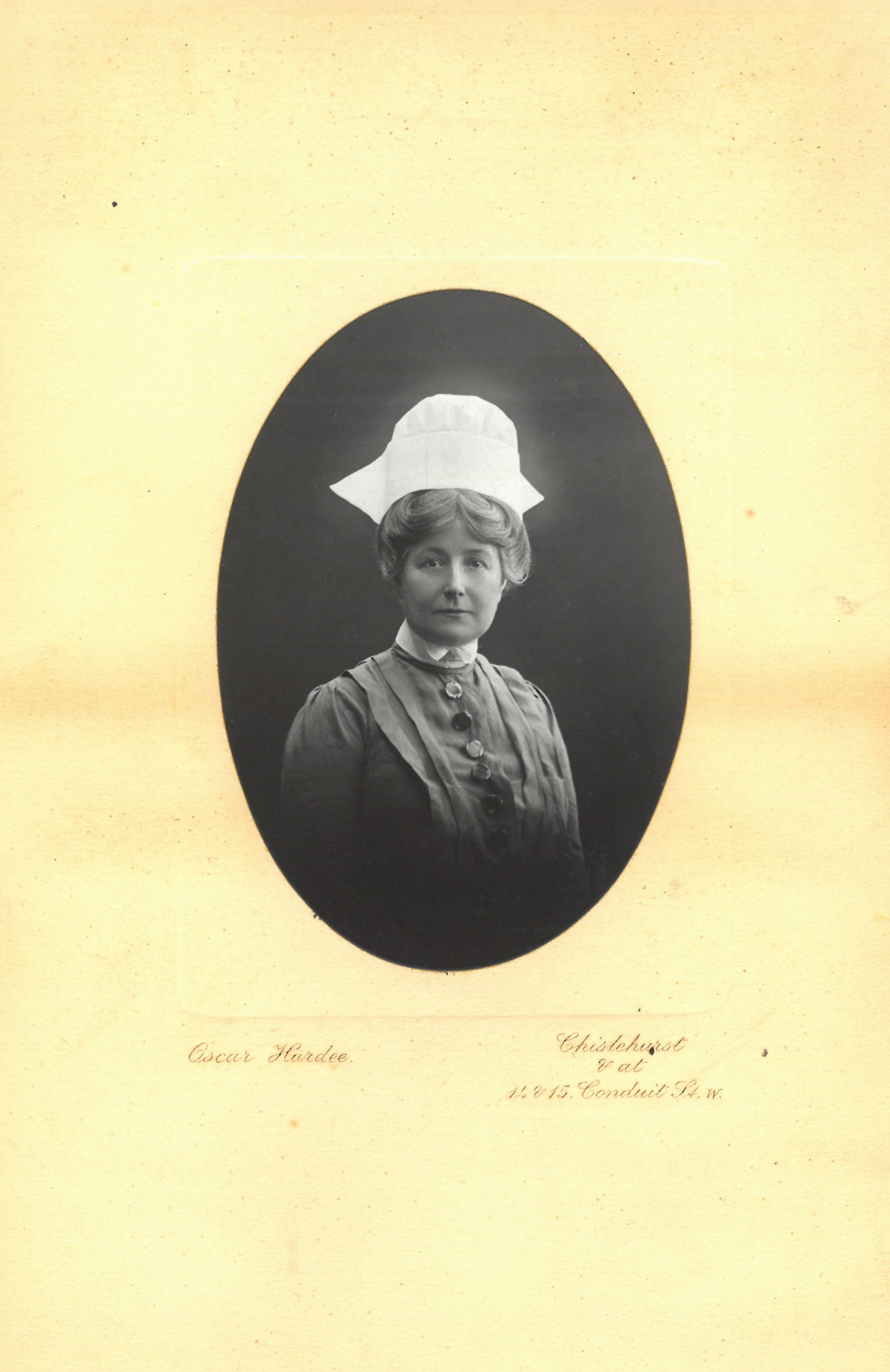
Portrait of Alice Hall
Alice Hall trained at Guy’s Hospital and, after one year as Matron of the Albert Dock Hospital in 1895, she was promoted to Matron of the Dreadnought where she stayed until she retired in 1925. She was known for her energy and enthusiasm and, although a strict disciplinarian, worked tirelessly to improve the welfare of the nurses under her care. In this she shared a passion with Florence Nightingale, who wrote her a letter which, along with one of her famous lamps, is now in the Seafarer’s Hospital Society’s archives. Matron Hall received the MBE for her services during the First World War when naval and military wounded joined seamen from the Merchant Marine for treatment at the Dreadnought.
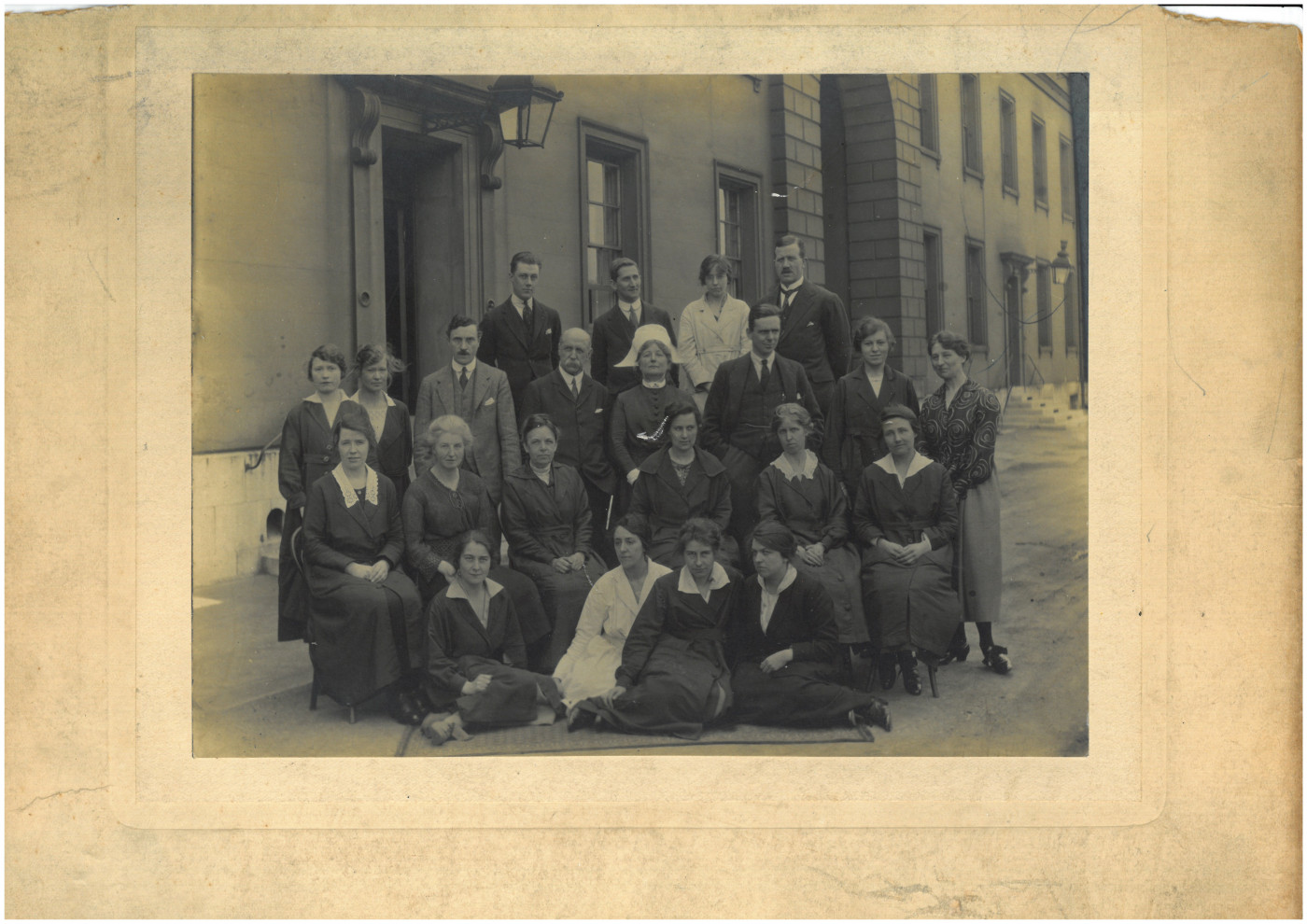
Alice Hall with Dreadnought staff, 1920s
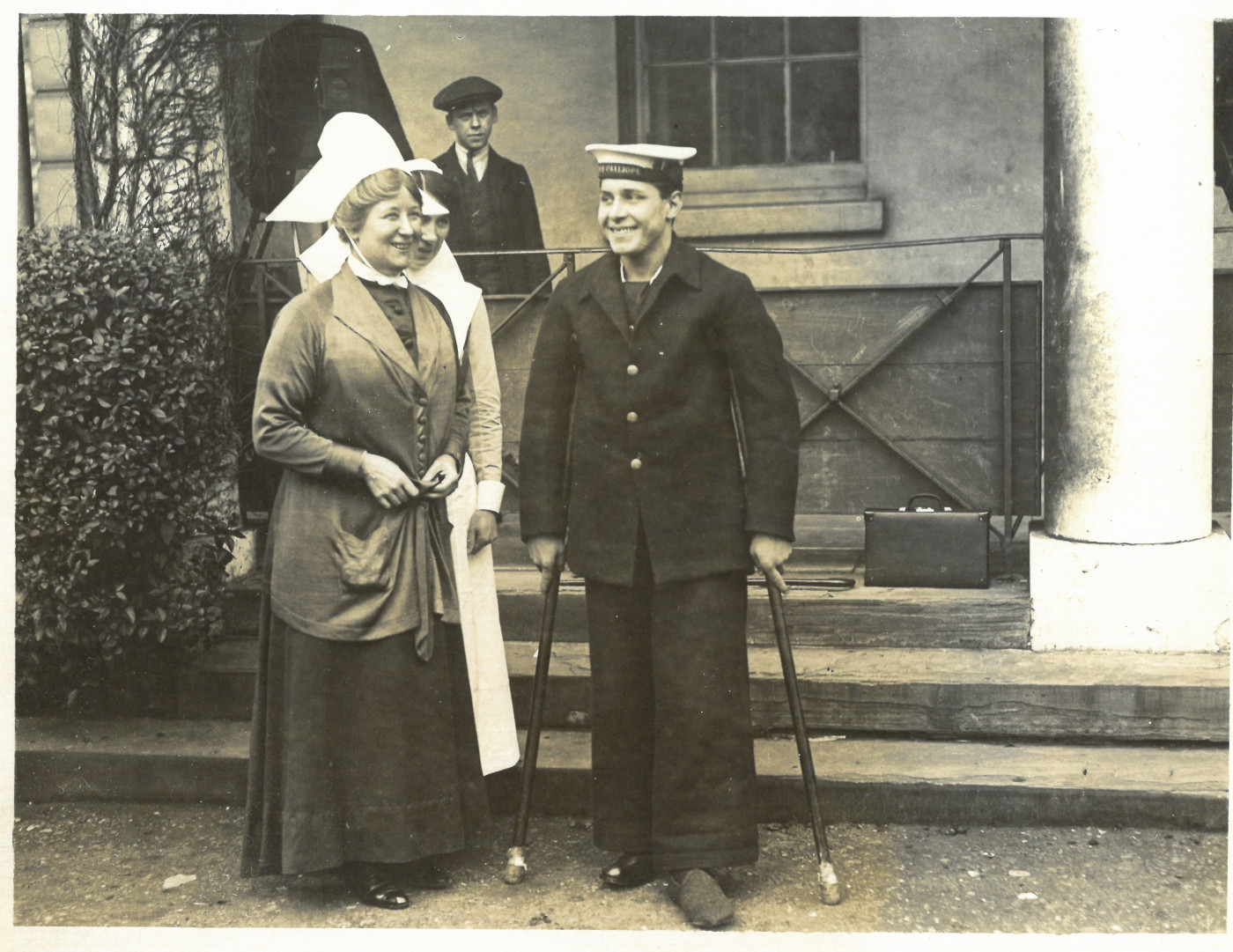
Matron Alice Hall at medal ceremony Dreadnought, 1915
Dreadnought nurses also ran events to raise funds throughout the 1920s and 1930s. Among the best known of these events was the annual Dreadnought Christmas pudding stir-up, attended by the Secretary, matron and local dignitaries. All the ingredients for a giant Christmas pudding were donated by the Australian High Commission, and nurses served the finished pudding to Dreadnought patients on Christmas day. Christmas shows, dances and races were also held to raise money for the hospital.
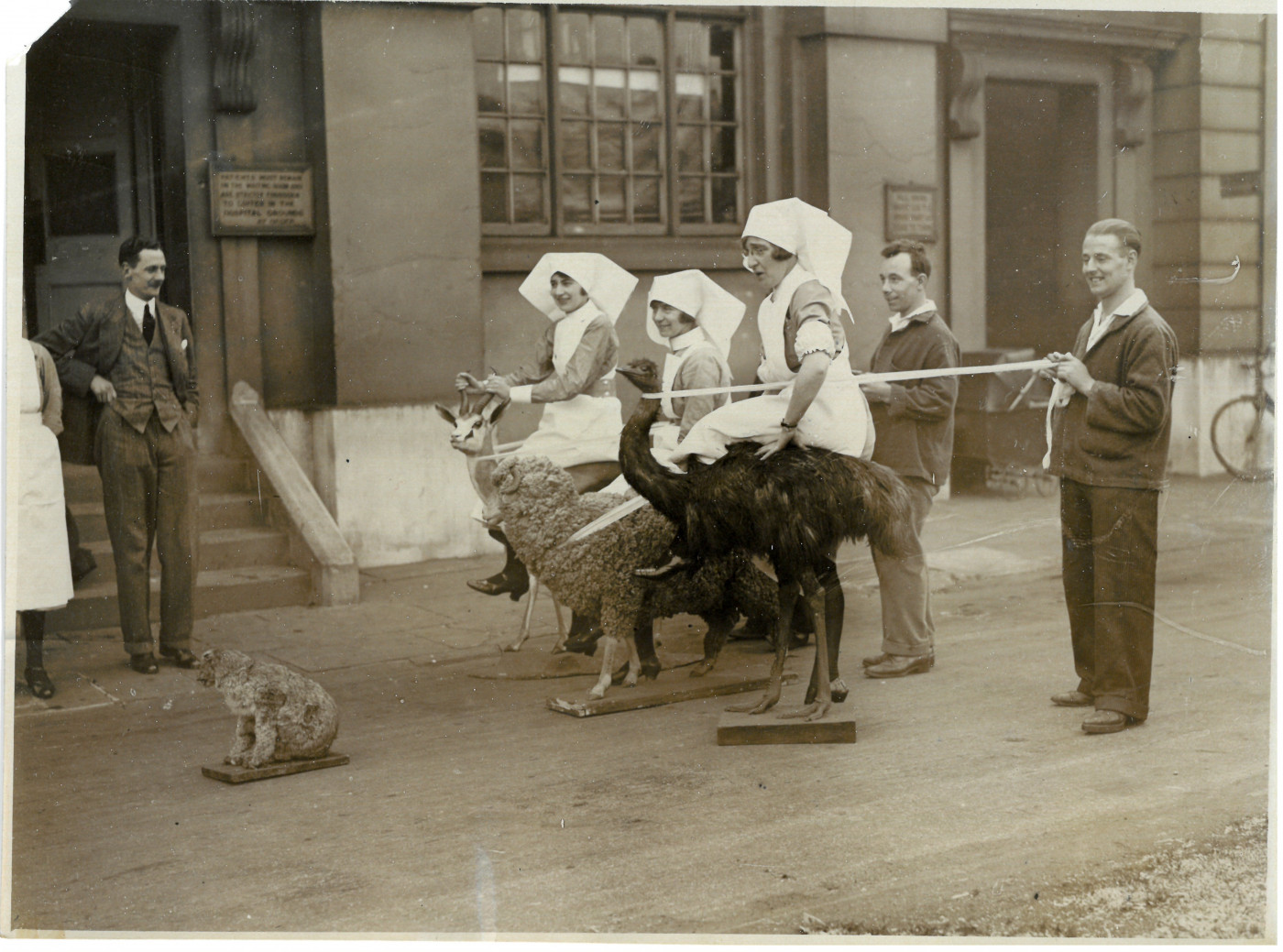
Dreadnought nurses’ race, 1929
Another well-known event was the annual regatta held on the River Thames in Greenwich over the course of the August Bank Holiday weekend. Hundreds of spectators would watch the races on the Thames, particularly the Ladies International Four Oared Rowing Race . Dreadnought nurses were involved in the regatta and helped construct a large-scale model of the Dreadnought Hospital ship which was floated on the river in front of the Royal Naval College.

SHS Greenwich Regatta Dreadnought nurses, 1930s
By the 1960s the Dreadnought Seamen’s Hospital Matron, Betty Noble, was in charge of three intakes of Dreadnought nurse probationers per year — overseeing a nursing cohort that was increasingly global in terms of both its patients and staff. A woman doctor working with Matron Noble in the 1960s recounted that, “since the patients came from all over the world, it was good that there were so many nurses and doctors from abroad […] one of the nurses had a Dutch father who was a captain of a ship […] Miss Figgis lived in the flat above Sister Gorie and when she left, travelled back to Australia by Trans-Siberian Railway. While he was in Greenwich, another Australian married Jenny – one of the nurses from Africa […] Sushil, from Fiji, saved his wedding until he got home – but we all went to the Polish wedding of a doctor in Kensington.” .
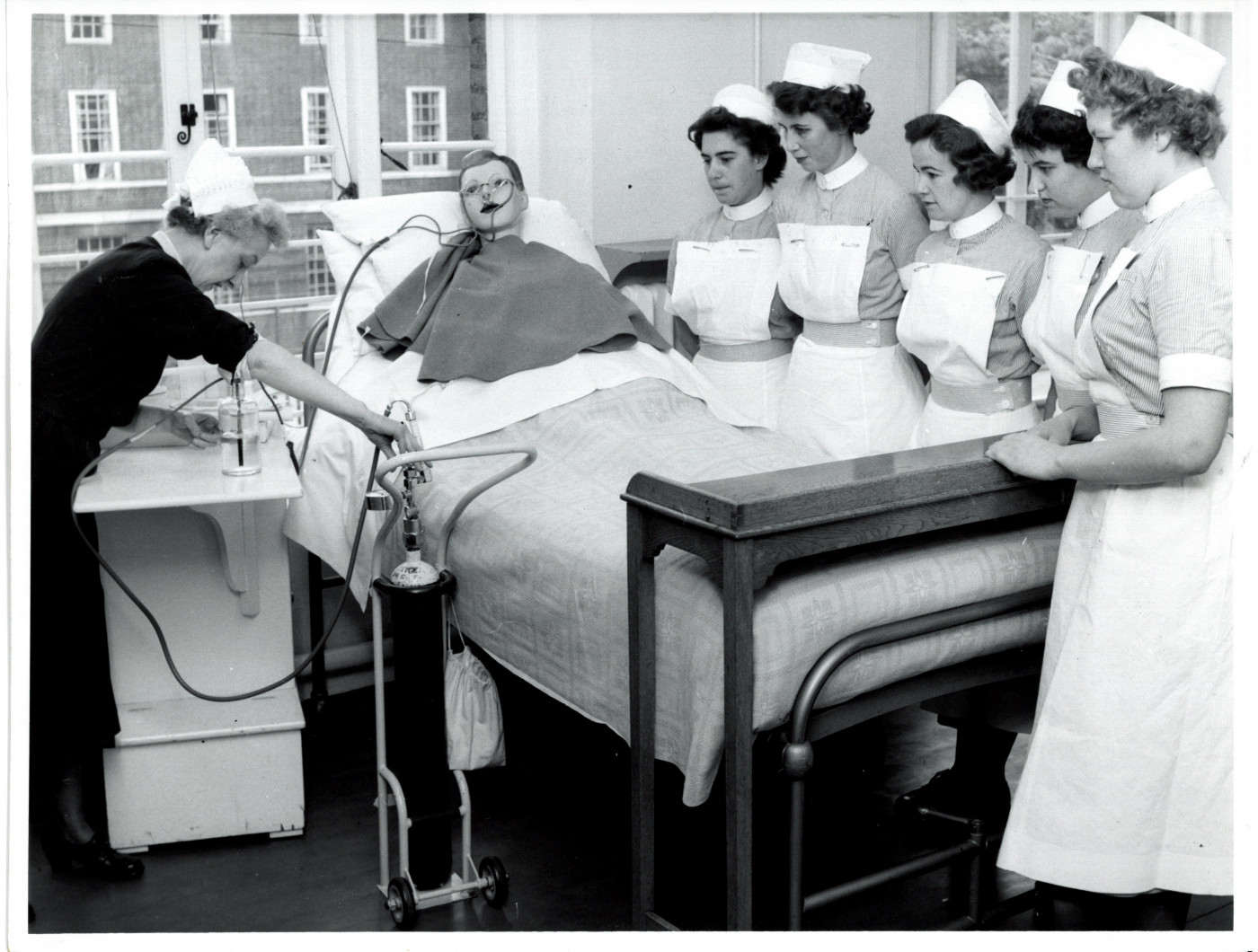
Dreadnought nurse training, 1960s
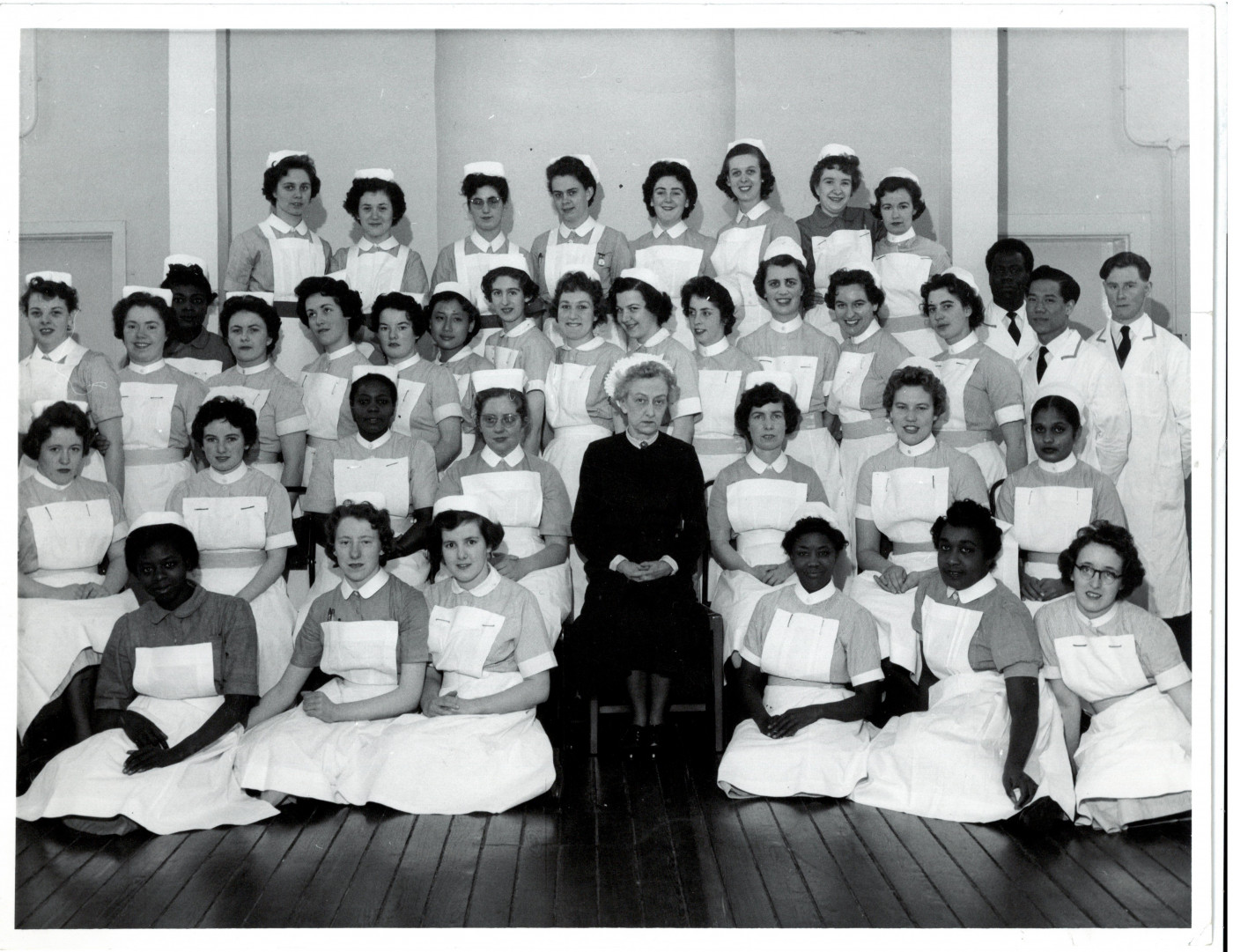
Matron Betty Noble with Dreadnought nurses, June 1959
Alongside nursing, the first half of the 20th century showcased a number of important women-led fundraising organisations who endeavoured to raise money for the Society. These included the Ladies Dreadnought Remembrance League; the Ladies Needlework Guilds at the King George’s Sanitorium for Sailors and Tilbury Hospitals; and the Ladies Linen Guild which raised money to supply linen to all the Society’s hospitals. These organisations raised money through subscriptions and fundraisers, and in 1939 the Seamen’s Hospital Ladies Association was formed to coordinate their work.
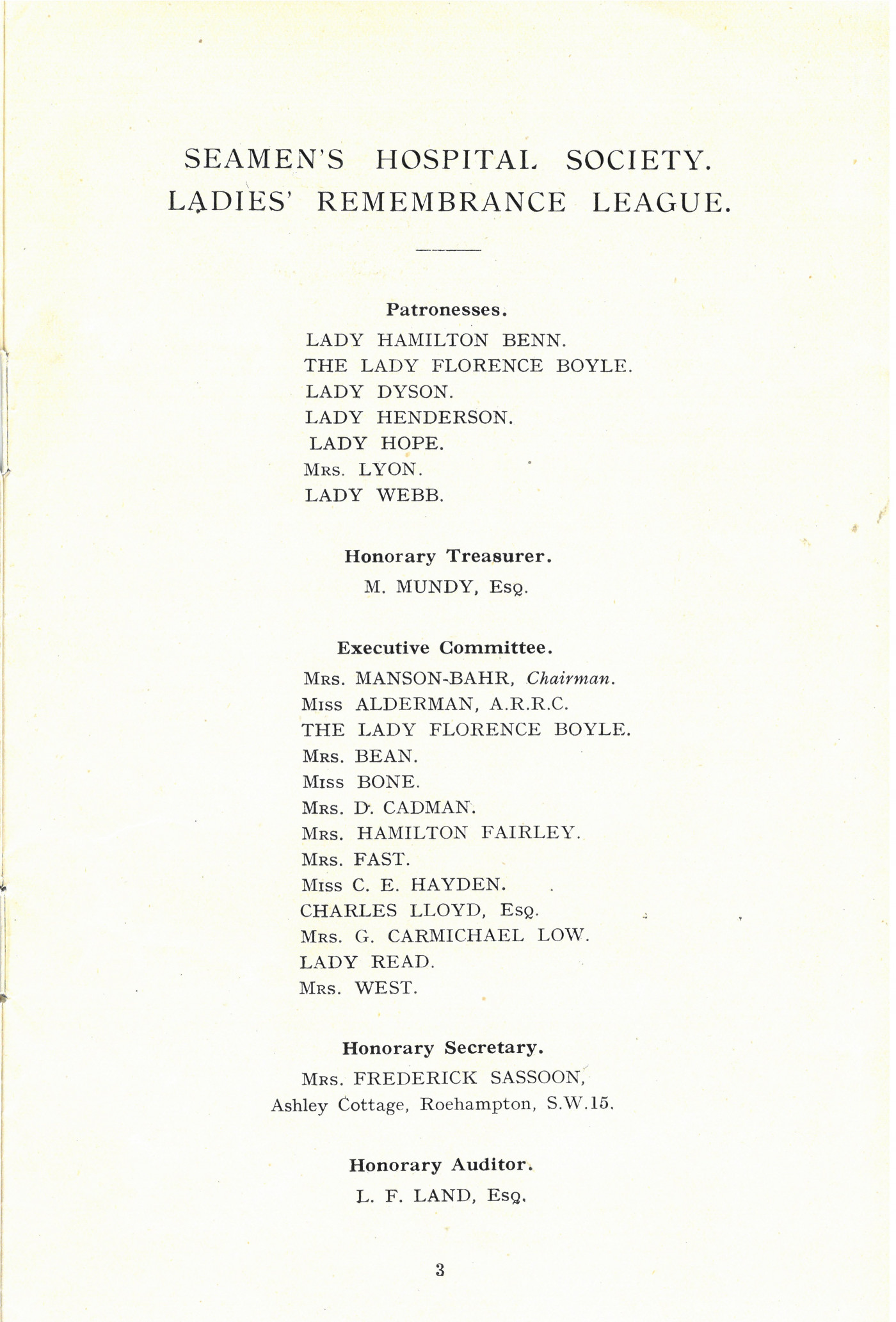
SHS Ladies Remembrance League Annual Report, 1931
Women also supported the Society financially through bequests. The Society’s archives are full of records of women benefactors who left substantial legacies to the Society on their deaths in gratitude for the work of the Merchant Navy. Their greatest female benefactor was Mrs L. Angas who gifted the Society her large, empty home in Cudham, Kent and which was opened as The Angas Convalescent Home for sailors in 1918.
For 165 years, remarkable women have worked tirelessly to support seafarers through their work for the Seafarers Hospital Society. A nurse who worked at the Dreadnought Seamen’s Hospital in the 1960s reminisced that the reason they did so was that “…the men of the Merchant Service were of a very special kind and they thought a great deal of their hospital and its nurses.”
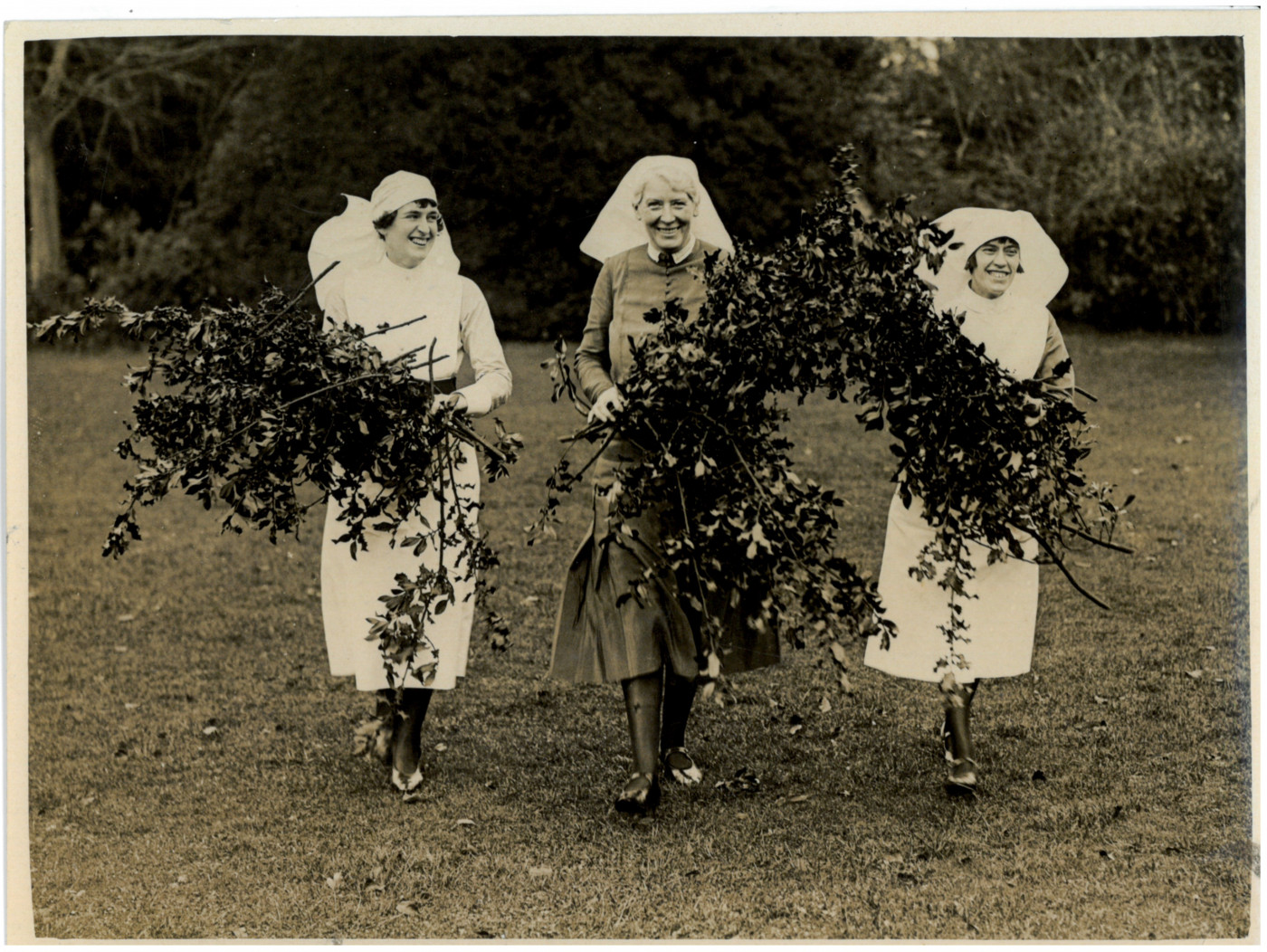
Angas Home nurses Christmas, 1920s
Today, although the Seafarers Hospital Society no longer runs hospitals, it continues to offer crucial health and welfare support to any seafarer or member of the fishing community working in the UK’s waters.
Back to the exhibition home page.
All material was researched and provided by Caroline Randall from the archives of the Seafarers Hospital Society, currently held at the Wellcome Collection awaiting cataloguing. It will be available to researchers in the near future.

